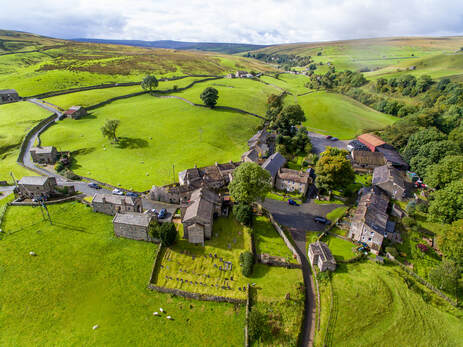 Image by Guy Carpenter
Image by Guy Carpenter Compared to centuries ago when Keld was at the centre of the lead-mining industry and as many as 5000 people lived in the area, it's now a tiny settlement with fewer than a couple of hundred souls. Despite its size Keld has a handful of imposing buildings, mainly built during the times when lead-mining was at its height.
The Chapel was rebuilt thanks to an incredible 'sponsored' walk. Edward Stillman preached in barns throughout Swaledale, When he arrived in Keld, he promised to rebuild the former chapel which had fallen into disrepair. He raised the money by begging along his walk to London.
Keld still has a strong sense of self-help and self-determination and is very welcoming to visitors. Take a look inside the delightful little Keld Heritage Centre which will tell you more about Keld's history, and then you can sit and enjoy the tranquility of the community orchard.
Keld takes its name from the Viking word Kelda, meaning a spring. Water certainly plays its part in Keld's attraction. The series of waterfalls - Kisden Force, East Gill Force, Catrake Force and Wain Wath Force attract bathers in Summer and admiring onlookers in Winter when the water crashes down the River Swale.
Keld sits on the crossroad of two well-known and much-loved, challenging long distance walks, the Coast-to-Coast and Pennine Way, as well as being at the start of the newer Swale Trail from Keld to Reeth. It's also on a less attractively-named route - the Corpse Way which runs on to Grinton, once the nearest consecrated ground for burials. Near to Keld is another famous landmark, sadly diminishing year by year - Crackpot Hall.
One of Keld's lesser known claims to fame is as the home of musician Richard Alderson, better known as Neddy Dick who created a limestone lithophone using stones from the River Swale. You can hear more about him and his ballad here.
All images by Guy Carpenter - Gullwing Photography.

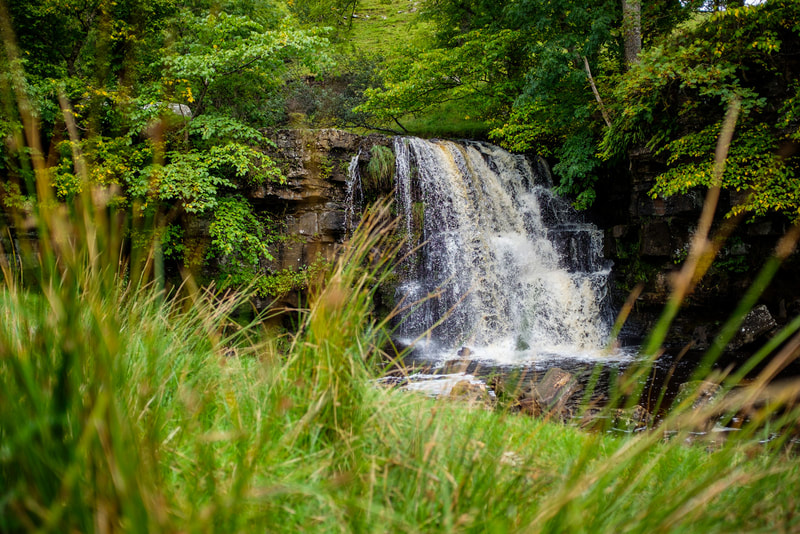
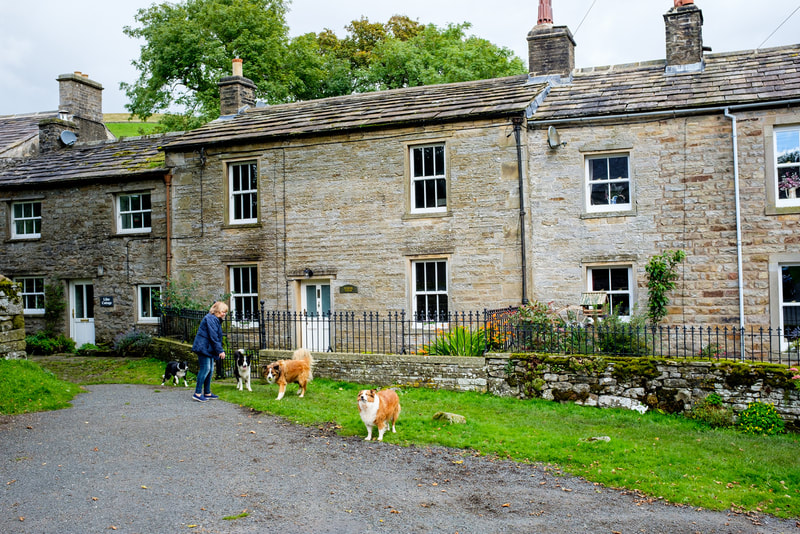
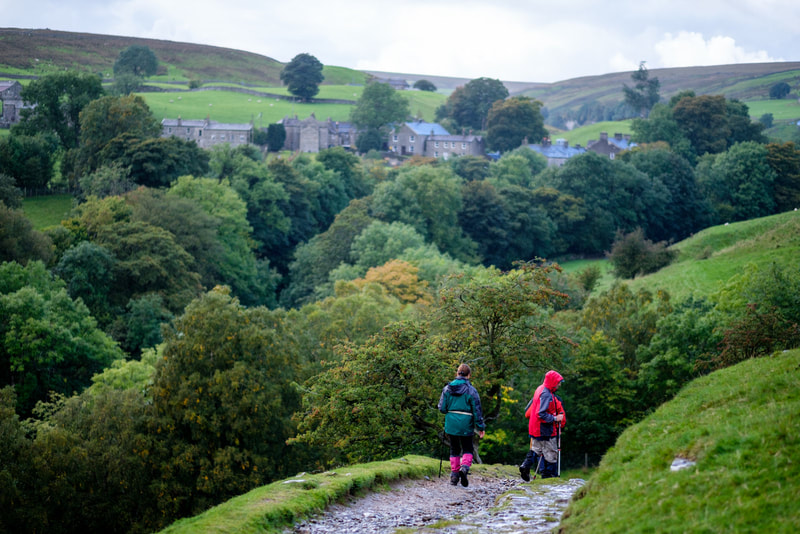
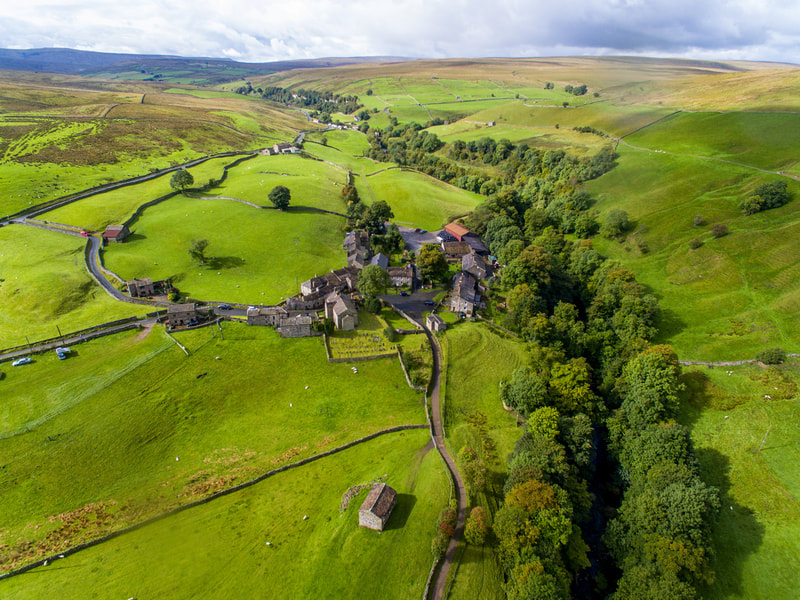
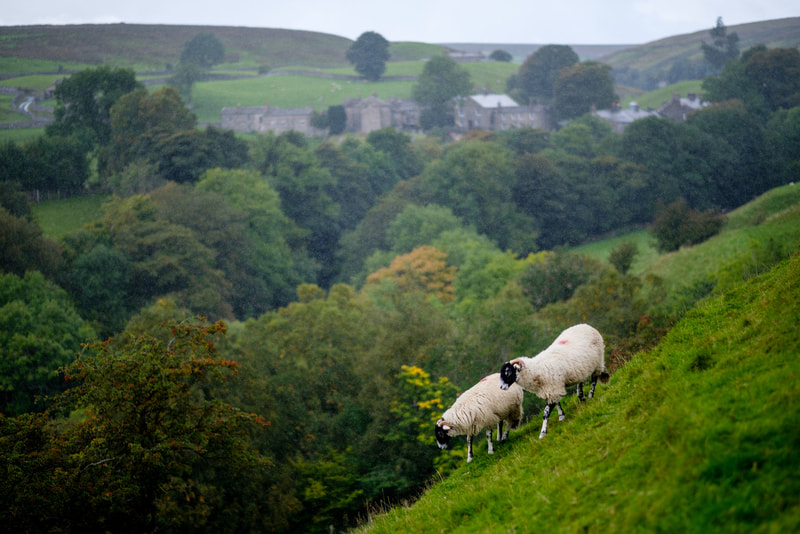
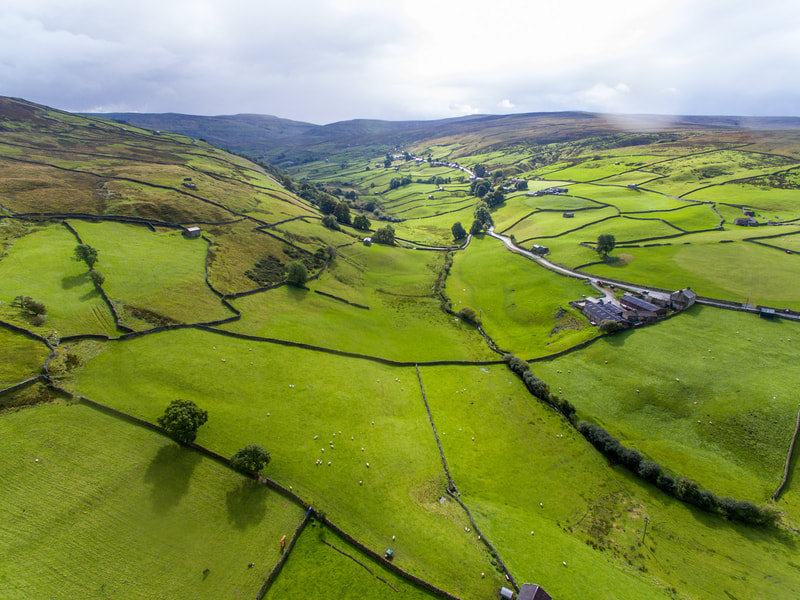
 RSS Feed
RSS Feed
